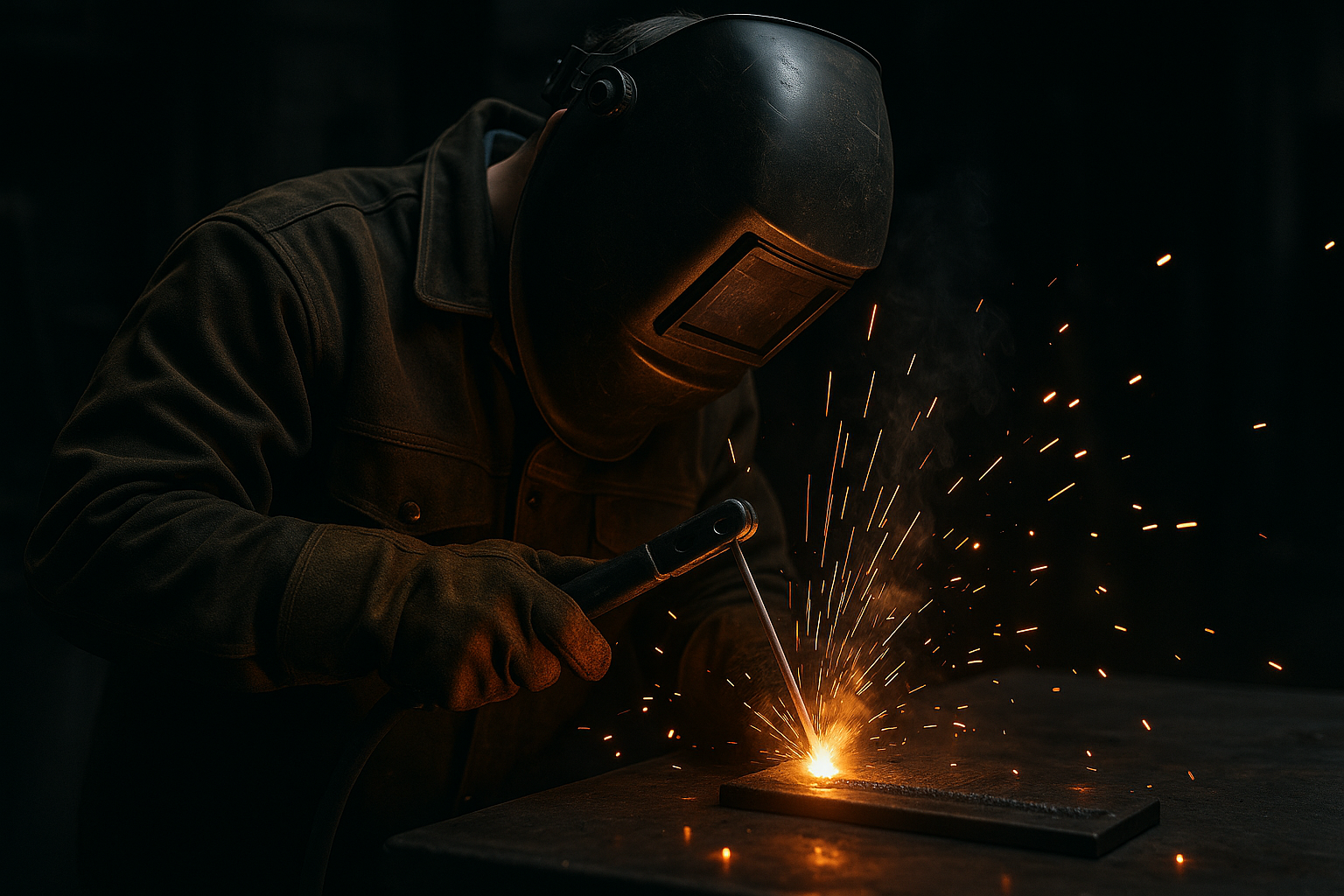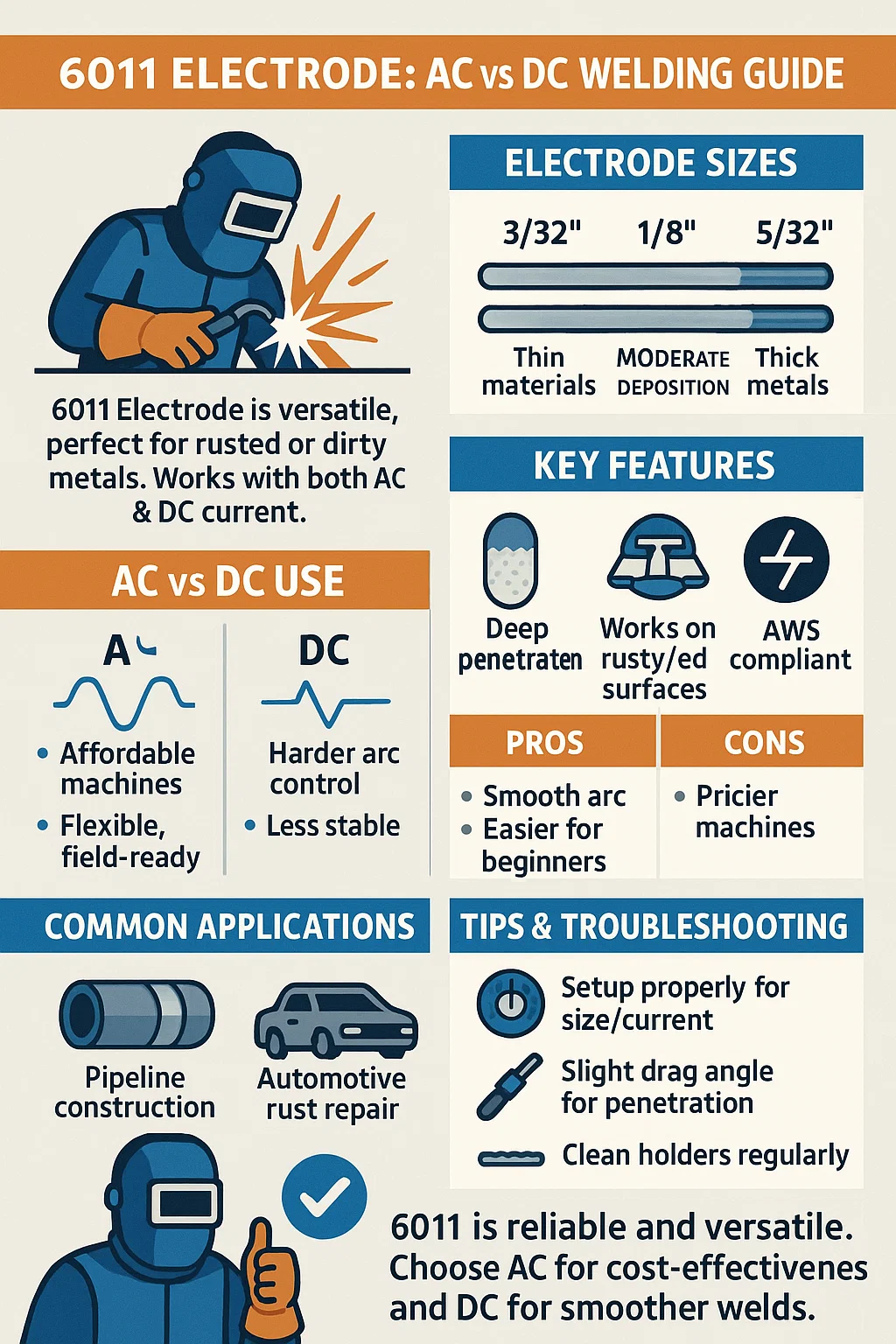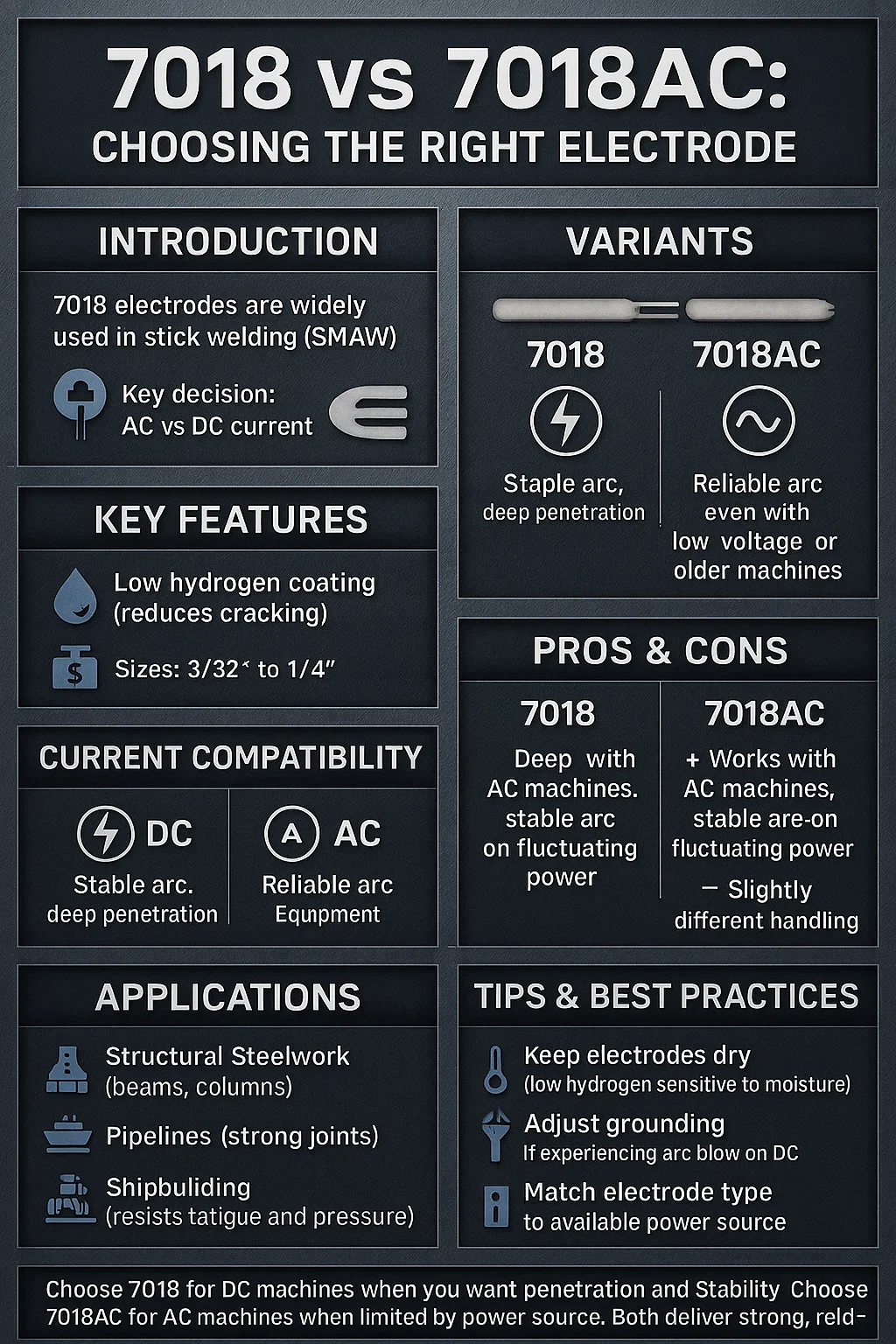Introduction
Arc Control Secrets: Stick Welding Tips That Matter is a focused guide for welders who want to improve control, stability, and consistency in SMAW (Stick) welding. Arc control directly affects bead shape, penetration, and weld soundness—this book breaks those concepts down and explains how to apply them in real work, not just theory.
Key Features
The guide covers the fundamentals of arc stability and then moves into more advanced control techniques. Topics include:
- Managing arc length for different electrodes
- Electrode angle and travel speed adjustments
- How arc force, heat input, and polarity affect bead shape
- Troubleshooting common issues like sticking, porosity, and wandering arcs
- Real-world examples that connect each technique to practical shop scenarios
The layout is straightforward and designed for welders who want actionable steps rather than long explanations.
Pros & Cons
Pros
- Strong focus on arc control—one of the hardest SMAW skills to master
- Real examples welders will recognize from shop and field work
- Works for any skill level
- Clear illustrations and explanations
- Helps improve consistency, bead appearance, and quality
Cons
- Only covers stick welding (SMAW), not MIG/TIG
- Some techniques may require tools a beginner may not have
- New welders might feel overwhelmed by the depth in later chapters
Who It’s For
This guide fits:
- Beginners who need to understand how arc length, angle, and motion affect results
- Intermediate welders trying to tighten up consistency
- Experienced welders who want to refine technique and improve control in tricky positions
- Anyone welding structural steel, pipe, fabrication, or artistic work where bead control matters
What Makes It Different
Most welding books mention “arc control,” but few explain how to actually master it. This guide centers entirely on that skill. The illustrations and examples make complex ideas usable, and the focus on real welding conditions—heat buildup, position changes, joint access—makes it more practical than typical classroom-style manuals.
Buying Tips
Before picking up the guide, consider:
- Your current SMAW skill level
- Whether you already have a range of electrodes and amps to practice the techniques
- If your machine lets you adjust arc force/amps precisely (helpful but not required)
- Whether you’re focused on structural, repair, or hobby welding
If improving bead quality, consistency, and control is your goal, this book is a solid addition to your toolbox.
Conclusion
Arc Control Secrets: Stick Welding Tips That Matter is a detailed, practical resource for welders who want to improve one of the most difficult parts of SMAW: controlling the arc. The techniques help produce cleaner, stronger, and more repeatable welds. It’s a worthwhile guide for both new welders and experienced pros looking to refine their craft.
This article may contain Amazon affiliate links. We may earn a small commission at no extra cost to you.





